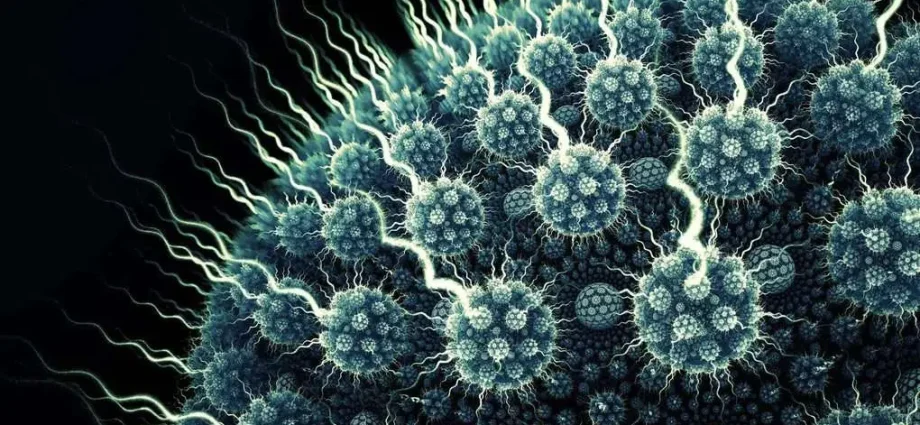Contents
- 10 Plant viruses are harmless to animals, while most animal viruses are harmless to humans.
- 9. Viruses are the most numerous biological objects on Earth
- 8. Amoebas are “free canteens” for viruses
- 7. Large viruses (mamaviruses) exceed the size of even some bacteria
- 6. Mimivirus is so named because it mimics the behavior and structure of bacteria.
- 5. Australians try to fight rabbit breeding with myxomatosis virus
- 4. More than 2000 variants of the influenza virus are known to date.
- 3. Viruses are not living things
- 2. Approximately 2/5 of human DNA consists of the remnants of ancient viruses
- 1. Virus protects human embryo from woman’s immune system
The word “virus” is Latin for “poison”. And it is not surprising, because many of the viruses have a hard effect on the body. This name was used as a designation for those organisms that cause infection.
The first non-bacterial agent in 1892 was described by Dmitry Ivanovsky, who studied diseases of the tobacco plant. Later, mankind discovered the first virus – tobacco mosaic.
Since then, a new era has begun in microbiology, full of discoveries. However, until now, these mysterious creatures have not been fully explored.
10 Plant viruses are harmless to animals, while most animal viruses are harmless to humans.
 Viruses are specific. This means that they are genetically programmed to live only in a certain circle of organisms. Among them there are those capable of reproduction and development in plant cells. The reason is that their genetic material is suitable for the device of plant cells. Such viruses cannot infect animals.
Viruses are specific. This means that they are genetically programmed to live only in a certain circle of organisms. Among them there are those capable of reproduction and development in plant cells. The reason is that their genetic material is suitable for the device of plant cells. Such viruses cannot infect animals.
Likewise, most of those who “settled” in animals will not be able to function in human cells, because they are not adapted to them.
However, there are always exceptions. An example of this is the rabies virus. The disease is transmitted to humans precisely from sick animals and requires immediate treatment.
9. Viruses are the most numerous biological objects on Earth
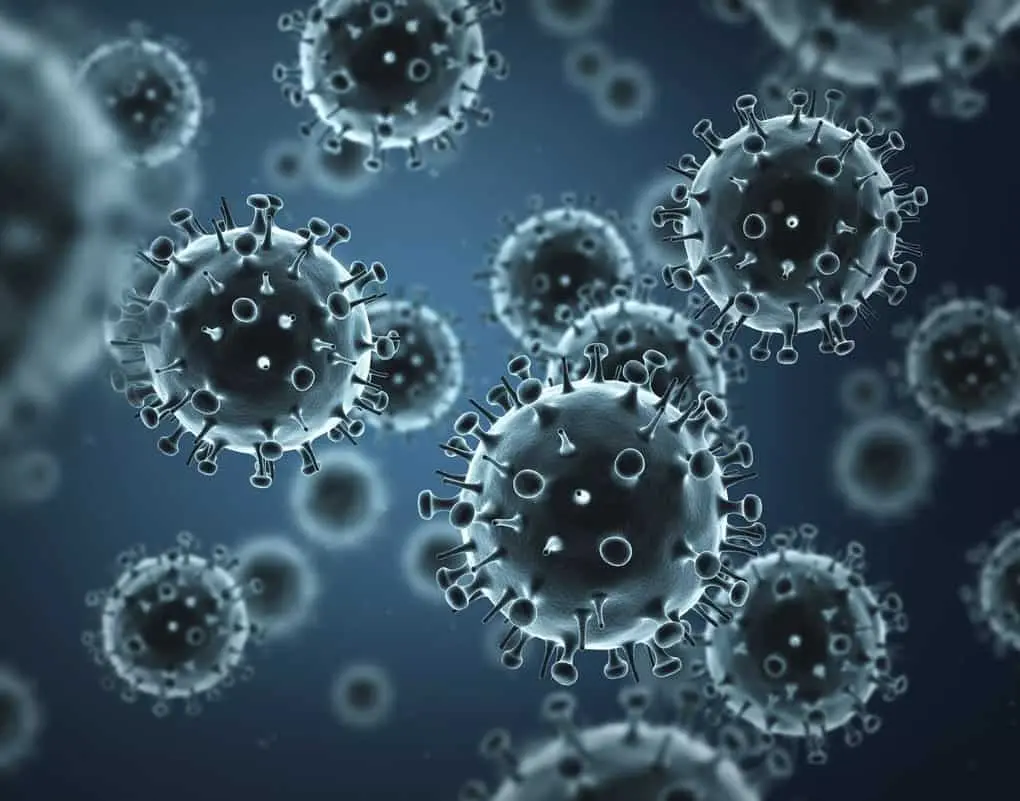 This is the most common biological form on our planet. The variety of these non-cellular agents is enormous, they are everywhere.
This is the most common biological form on our planet. The variety of these non-cellular agents is enormous, they are everywhere.
There are a number of viruses that infect bacteria, plants, animals, fungi, and so on. And each of these species is constantly evolving, creating new strains, and sometimes even settles in their hosts for a long time, changing their DNA.
8. Amoebas are “free canteens” for viruses
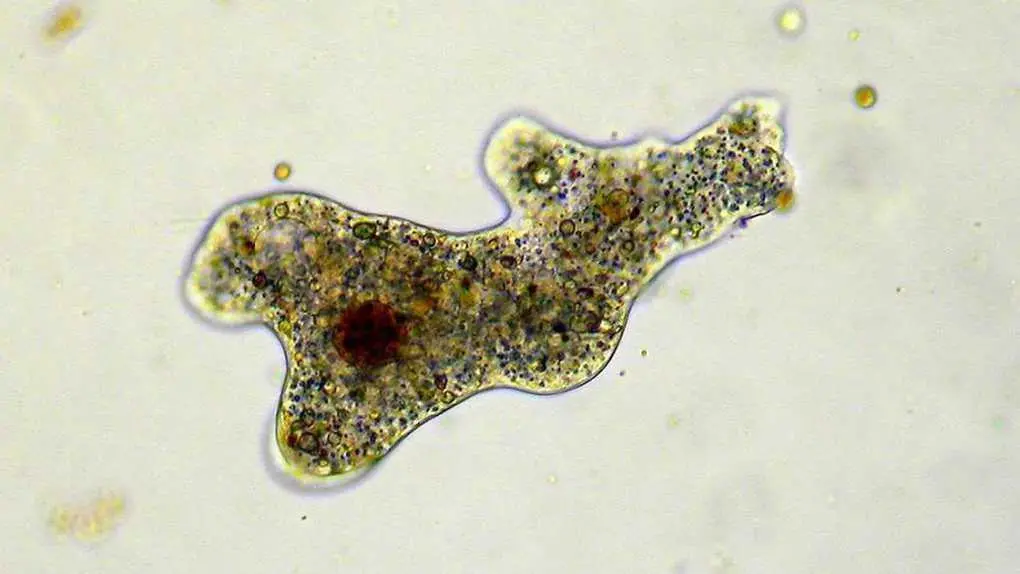 Amoebas capture food particles and consume them. Viruses often live in amoebas themselves. Since they are not able to eat on their own, they use the nutrients of amoebas in order to live.
Amoebas capture food particles and consume them. Viruses often live in amoebas themselves. Since they are not able to eat on their own, they use the nutrients of amoebas in order to live.
7. Large viruses (mamaviruses) exceed the size of even some bacteria
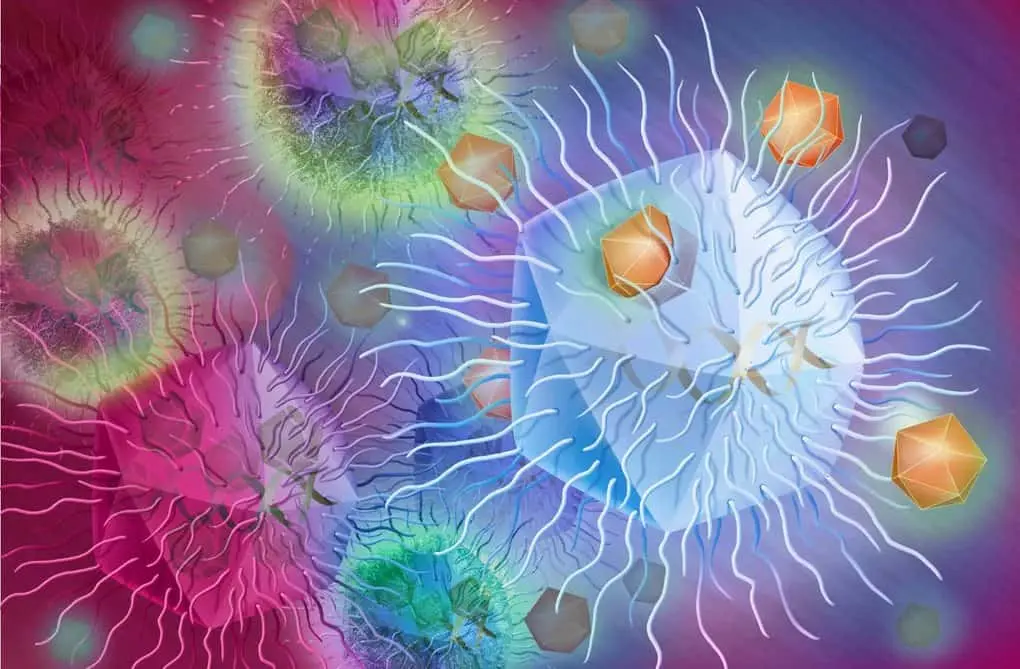 Mamaviruses get their name from the fact that they are related to mimiviruses, but are larger than them. However, they are not only larger than mimiviruses, but also rather large bacteria.
Mamaviruses get their name from the fact that they are related to mimiviruses, but are larger than them. However, they are not only larger than mimiviruses, but also rather large bacteria.
Like mimiviruses, this species was found in amoeba and was initially confused with cocci that cause pneumonia. Only at the end of the XNUMXth century did scientists discover the viral nature of this creature.
6. Mimivirus is so named because it mimics the behavior and structure of bacteria.
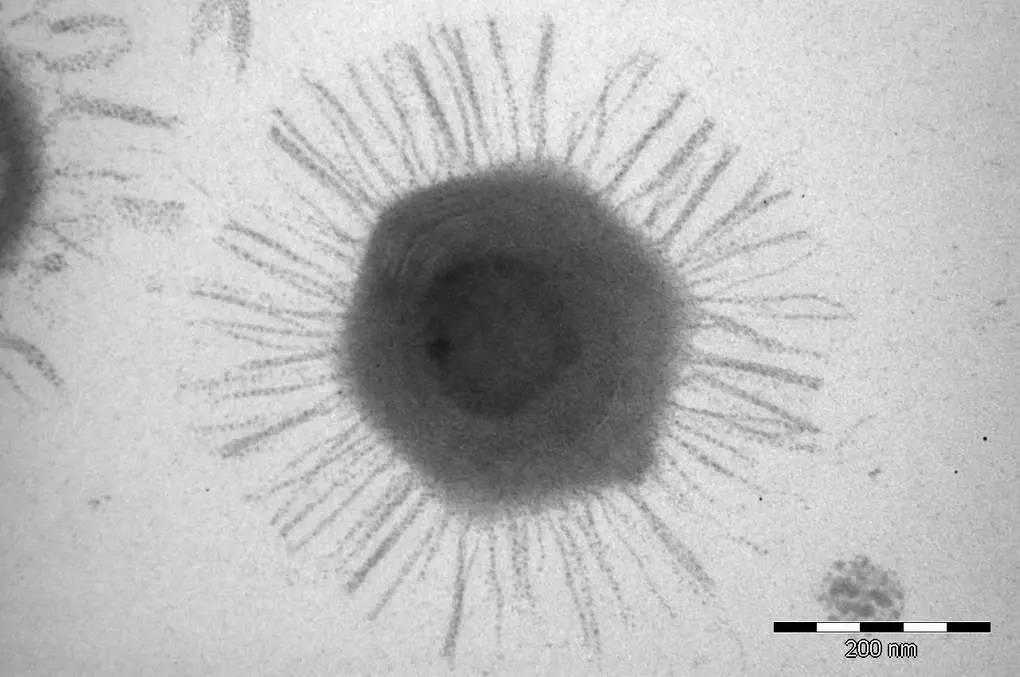 The name mimivirus comes from “microbe-mimicking”. This species belongs to giant viruses. But in fact, this is a new non-systematic form of life, which cannot be attributed to either viruses or bacteria. This species has an extremely complex genome, no other virus can match it.
The name mimivirus comes from “microbe-mimicking”. This species belongs to giant viruses. But in fact, this is a new non-systematic form of life, which cannot be attributed to either viruses or bacteria. This species has an extremely complex genome, no other virus can match it.
The first similarity to bacteria is that Mimivirus is as big as they are. It is also able to synthesize protein, although usually viruses are not capable of this. This “creature” stains using the gram method, which only bacteria can do. In addition, it has flagella, characteristic of protozoa or prokaryotes.
5. Australians try to fight rabbit breeding with myxomatosis virus
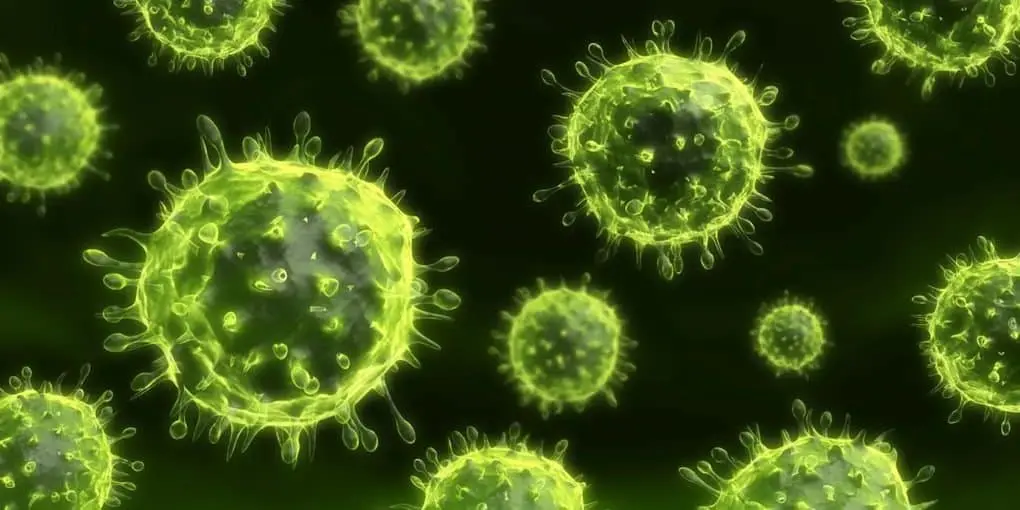 Hares and rabbits in Australia are an invasive, that is, artificially imported animal species. It quickly spread and caused severe damage to local agriculture. Almost no methods of getting rid of rabbits were effective, so in the 1950s people spread the myxoma virus.
Hares and rabbits in Australia are an invasive, that is, artificially imported animal species. It quickly spread and caused severe damage to local agriculture. Almost no methods of getting rid of rabbits were effective, so in the 1950s people spread the myxoma virus.
Rabbits were affected by myxomatosis, an acute disease in which animals acquired conjunctivitis and tumors in different parts of the body. The spread of myxoma reduced the number of rabbits from 600 million to 100 million. Nevertheless, many surviving animals developed resistance to the pathogen, as a result of which the population recovered to 300 million years.
4. More than 2000 variants of the influenza virus are known to date.
 Influenza is one of the most common types of SARS. It is extremely fast moving around the world and evolving. As a result, more than 2000 strains of the influenza virus are now known.
Influenza is one of the most common types of SARS. It is extremely fast moving around the world and evolving. As a result, more than 2000 strains of the influenza virus are now known.
3. Viruses are not living things
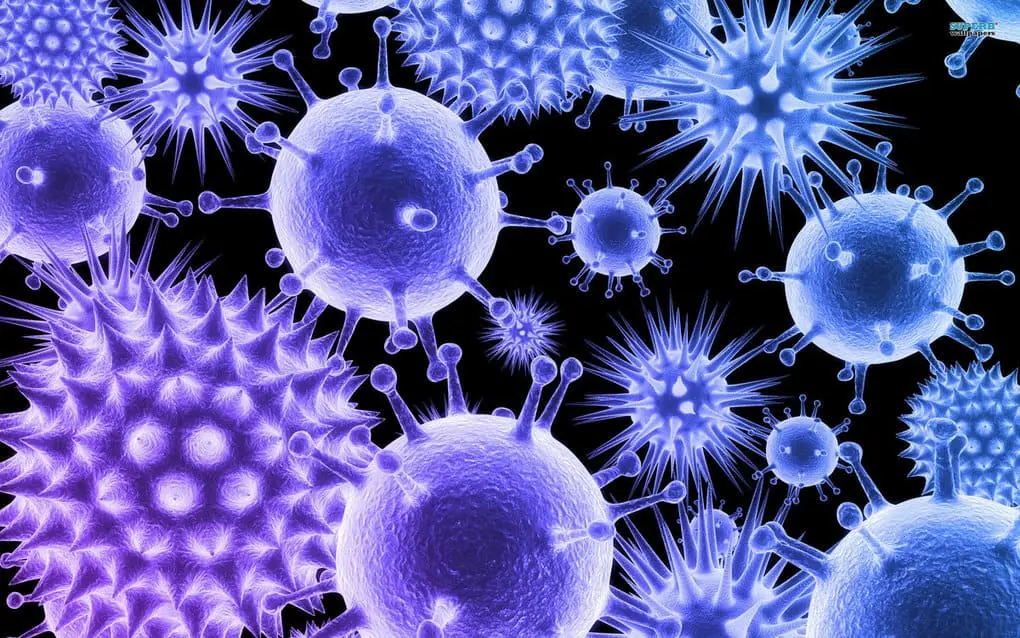 Scientists cannot decide whether to take “these entities” for living organisms or for dead nature. The cellular structure is considered the most important feature of any living organisms.
Scientists cannot decide whether to take “these entities” for living organisms or for dead nature. The cellular structure is considered the most important feature of any living organisms.
A virus is a non-cellular structure. However, he has hereditary material in the form of a DNA or RNA molecule. When it enters a foreign body, this “creature” behaves like a living thing.
Viruses are just as subject to natural selection as any other creatures. However, they do not live on their own and are not able to independently convert food into energy. They begin to function and multiply only in the cells of the host.
2. Approximately 2/5 of human DNA consists of the remnants of ancient viruses
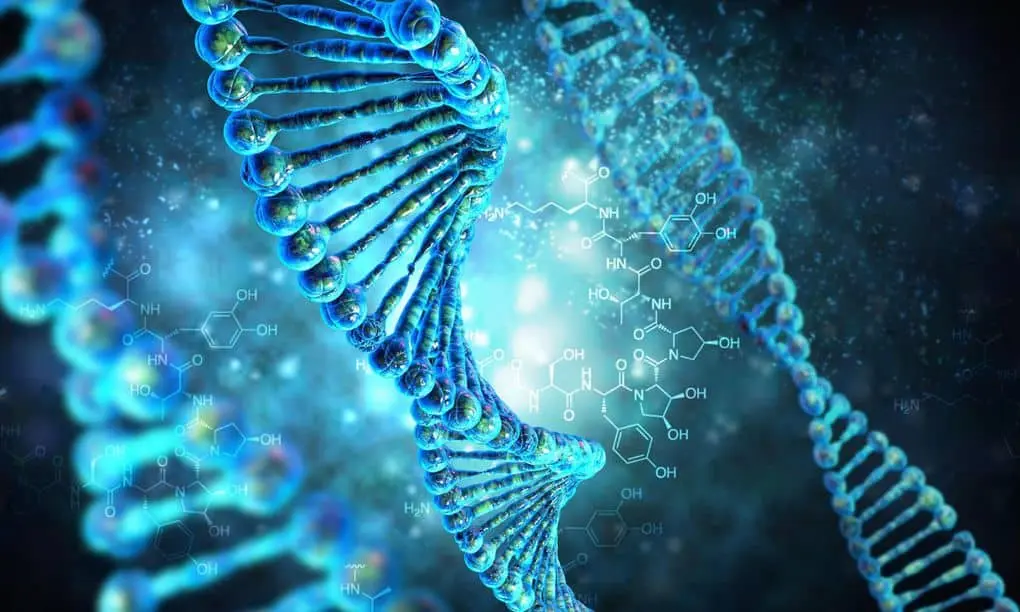 According to various sources, from 8 to 40% of our DNA are traces of viruses that our ancestors were once infected with. Retroviruses can infect our genome. Thus, HIV takes root in the body. But there is nothing to be afraid of: the human genome contains mutated remnants of old viruses that are unable to create a new infection in the body.
According to various sources, from 8 to 40% of our DNA are traces of viruses that our ancestors were once infected with. Retroviruses can infect our genome. Thus, HIV takes root in the body. But there is nothing to be afraid of: the human genome contains mutated remnants of old viruses that are unable to create a new infection in the body.
1. Virus protects human embryo from woman’s immune system
 The immune system destroys any foreign cells (antigens) that it can recognize. This is facilitated by proteins called chemokines that cause inflammation. Where there is this protein, T-cells gather, and they destroy antigens.
The immune system destroys any foreign cells (antigens) that it can recognize. This is facilitated by proteins called chemokines that cause inflammation. Where there is this protein, T-cells gather, and they destroy antigens.
Embryonic cells that enter the mother’s bloodstream are also defined by the woman’s body as foreign. However, the embryo itself, for some reason, is not recognized as a threat. This is due to the fact that during pregnancy a special membrane is formed in the uterus that does not produce a protective protein. Thus, this shell serves as a shield for the unborn child.
In the cells of this shell, DNA is changed, which affects the production of the chemokine. Perhaps this is due to the activity of some kind of virus, but this has not been proven.
Also, scientists at Stanford University discovered the ancient HERVK virus in the cells of the embryo, which prevents other infections from entering the body. This protects the fetus from infectious diseases like the flu.










